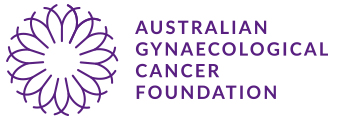Targeting Rare Ovarian Cancer with New Treatments
Summary: High-throughput drug screening identifies novel therapeutics for Low Grade Serous Ovarian Carcinoma, Kathleen I Pishas, Kaylene J Simpson, and Dane Cheasley et al. Summary by Dr Dane Cheasley of recently published, nature.com (September 2024) research paper.
Low-grade serous ovarian cancer (LGSOC) is a rare type of ovarian cancer that disproportionately affects younger women. Unlike more common types, it grows slowly but is especially difficult to treat because it doesn’t respond well to standard chemotherapy. Sadly, this means that for many women, treatment options are limited, especially when the cancer comes back.
To help find better treatments, researchers Dr Dane Cheasley, Dr Kathleen Pishas, and Professor Kaylene Simpson, from the Peter MacCallum Cancer Centre, led a large-scale drug screening study. They tested over 3,500 different drugs on ovarian cancer cells grown in the lab from real patient tumour samples, alongside healthy ovarian cells for comparison. The goal was to find drugs that could effectively kill cancer cells while leaving normal cells unharmed.
Excitingly, the team found several promising drugs, some already known and some brand new, that were highly effective against LGSOC cells in the lab. These discoveries open the door to developing more targeted and personalised treatments for this hard-to-treat cancer.
This important research lays the groundwork for future pre-clinical validation studies and clinical trials. The Australian Gynaecological Cancer Foundation is proud to have supported the early research by Dr Cheasley that helped shape this project development, helping improve the outlook for women with rare and treatment-resistant ovarian cancers like LGSOC.
To read the report in full, please click here.

